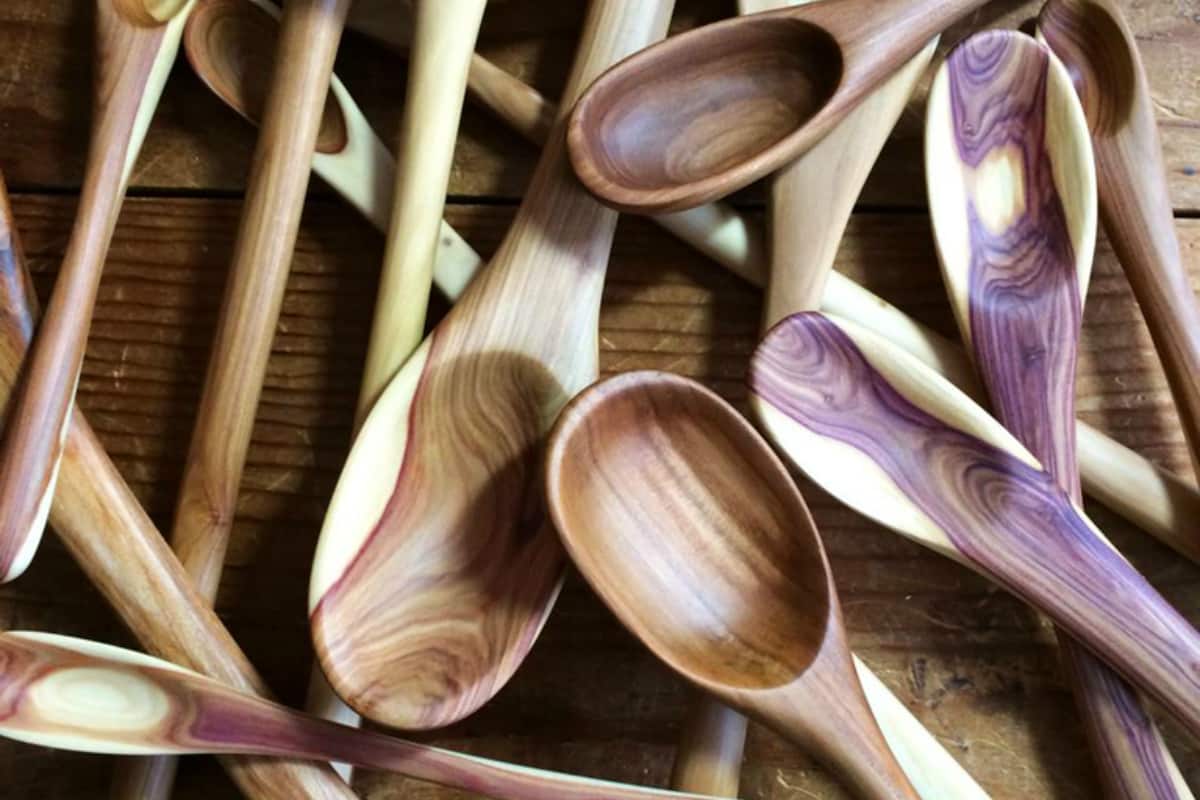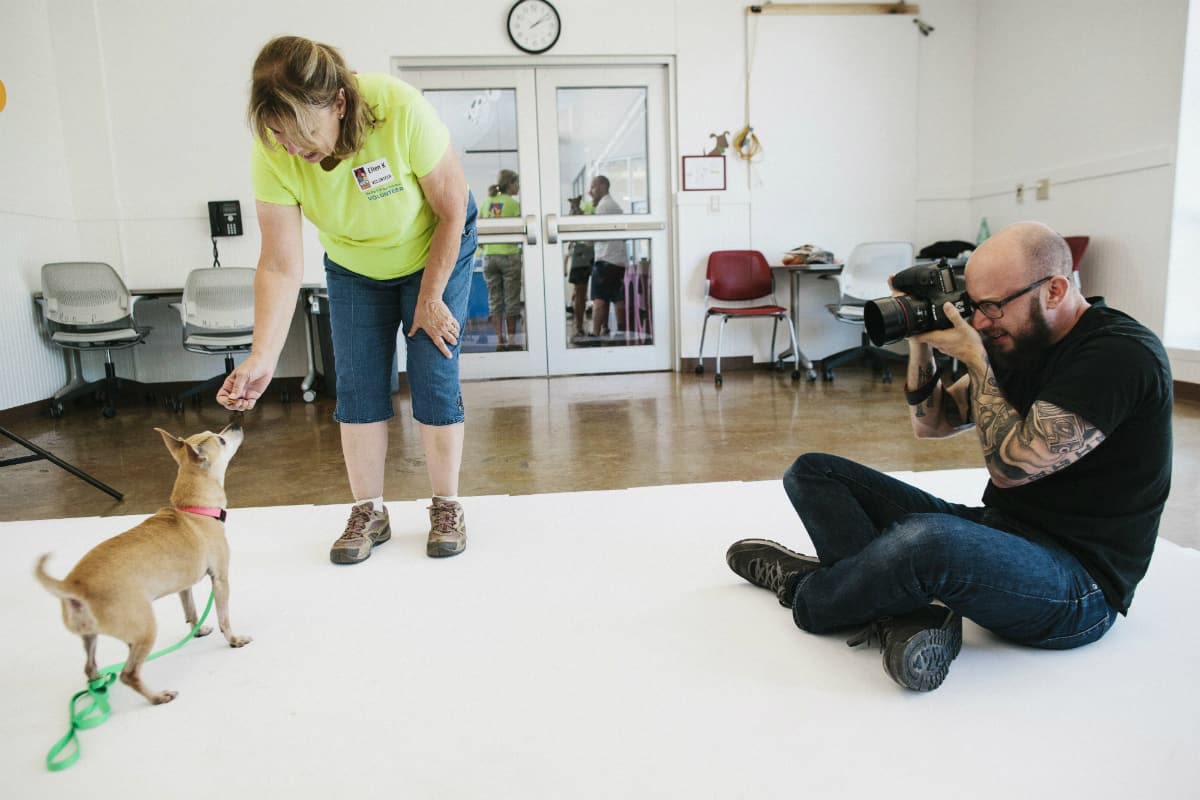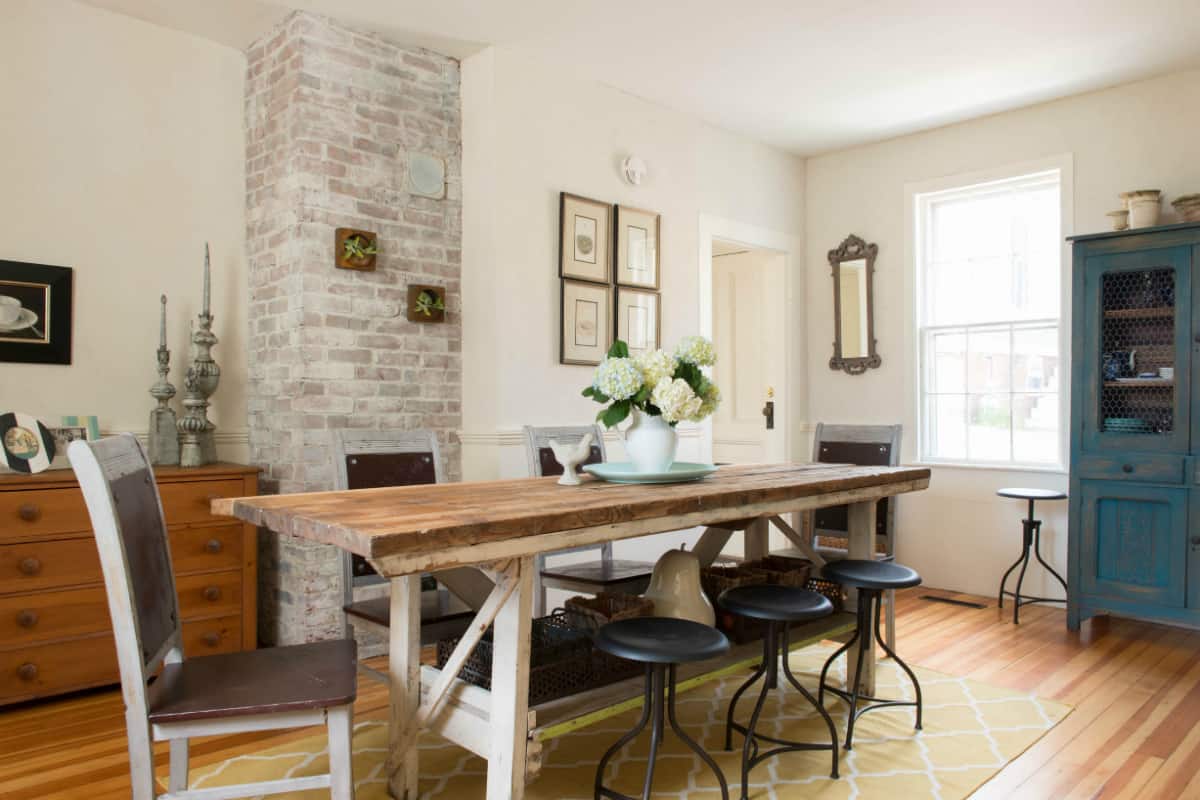Concord, NH spoon carver Suzanne Isabelle transforms foraged pieces of local wood into finely finished wooden spoons.
The basic function and simplicity of a spoon takes on new meaning when Suzanne Isabelle handcrafts one of her specialty wooden spoons. Formerly a retail camera store manager, Isabelle carved her first spoon in 2014 when her wife Lisa Laughy, a professional wood carver and artist, offered her a piece of apple wood to try her hand at the craft. While Laughy creates intricate carving projects by design, Isabelle’s intrinsic approach was different. She lets the shape and form of the wood dictate the result.
From the start, Isabelle found the practice relaxing and mesmerizing. “I love the feel and the smell of it,” she says. “Once I get going, I just go with what the wood tells me it wants to do.”
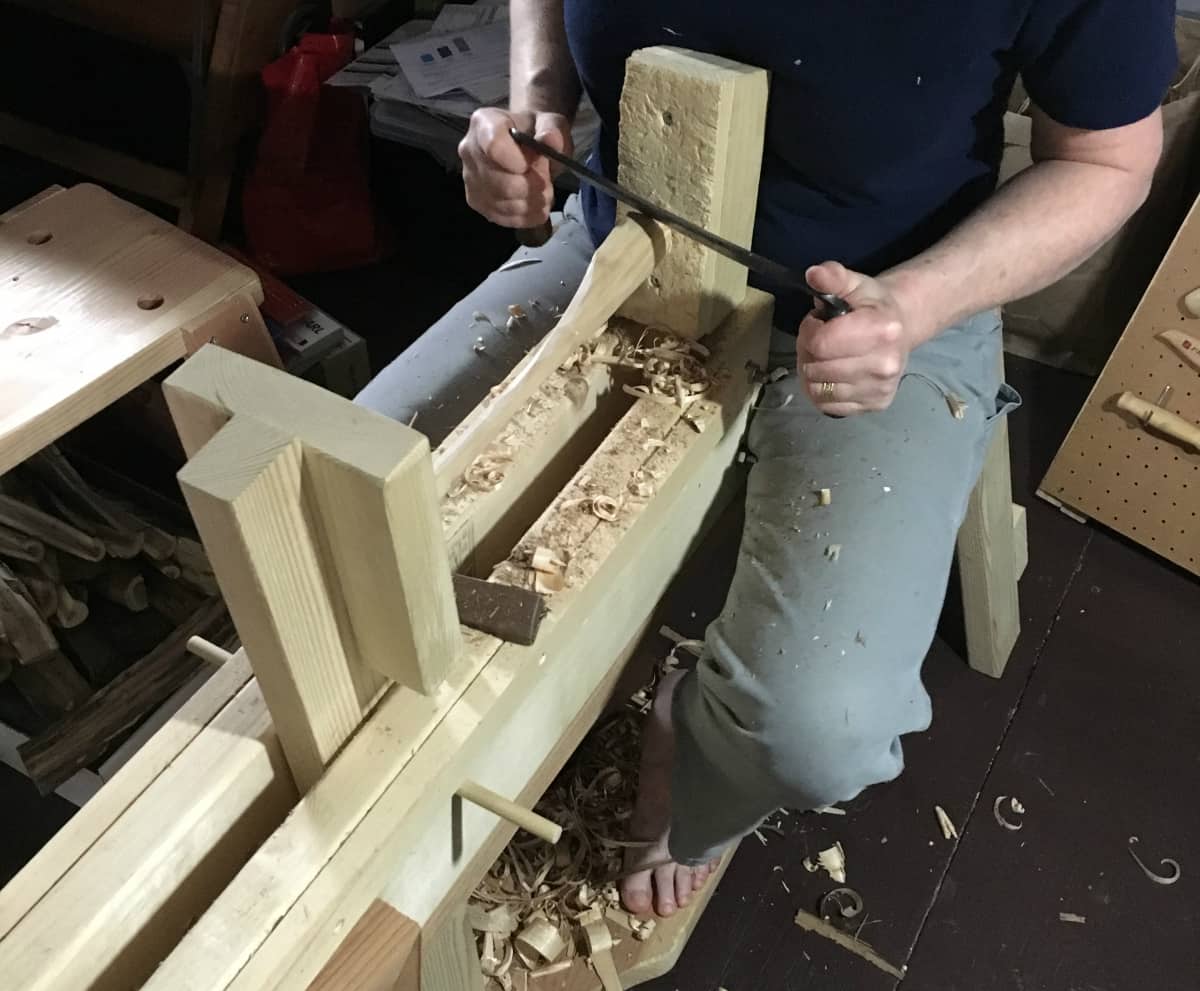
Suzanne Isabelle, photo by Lisa Laughy
One of her first pieces was produced from lilac wood, now her favorite material. “When you work with lilac, it smells just like the flower,” says Isabelle. “Every time you cut into it or sand it, you get that floral scent.”
A New Hampshire native, Isabelle sources all of her wood material from her local surroundings. While many New Englanders curse the region’s inclement weather, Isabelle sees every storm as potential. She has trudged through rain, snow, and mud to harvest many types of wood including apple, black cherry, lilac, and even limbs of a pussy willow tree.
Isabelle considers her spoon-making a unique art form distinct from other wood artisans. She is not a green woodworker; rather Isabelle prefers dry wood for its stability and the ease with which she is able to see the wood’s characteristics.
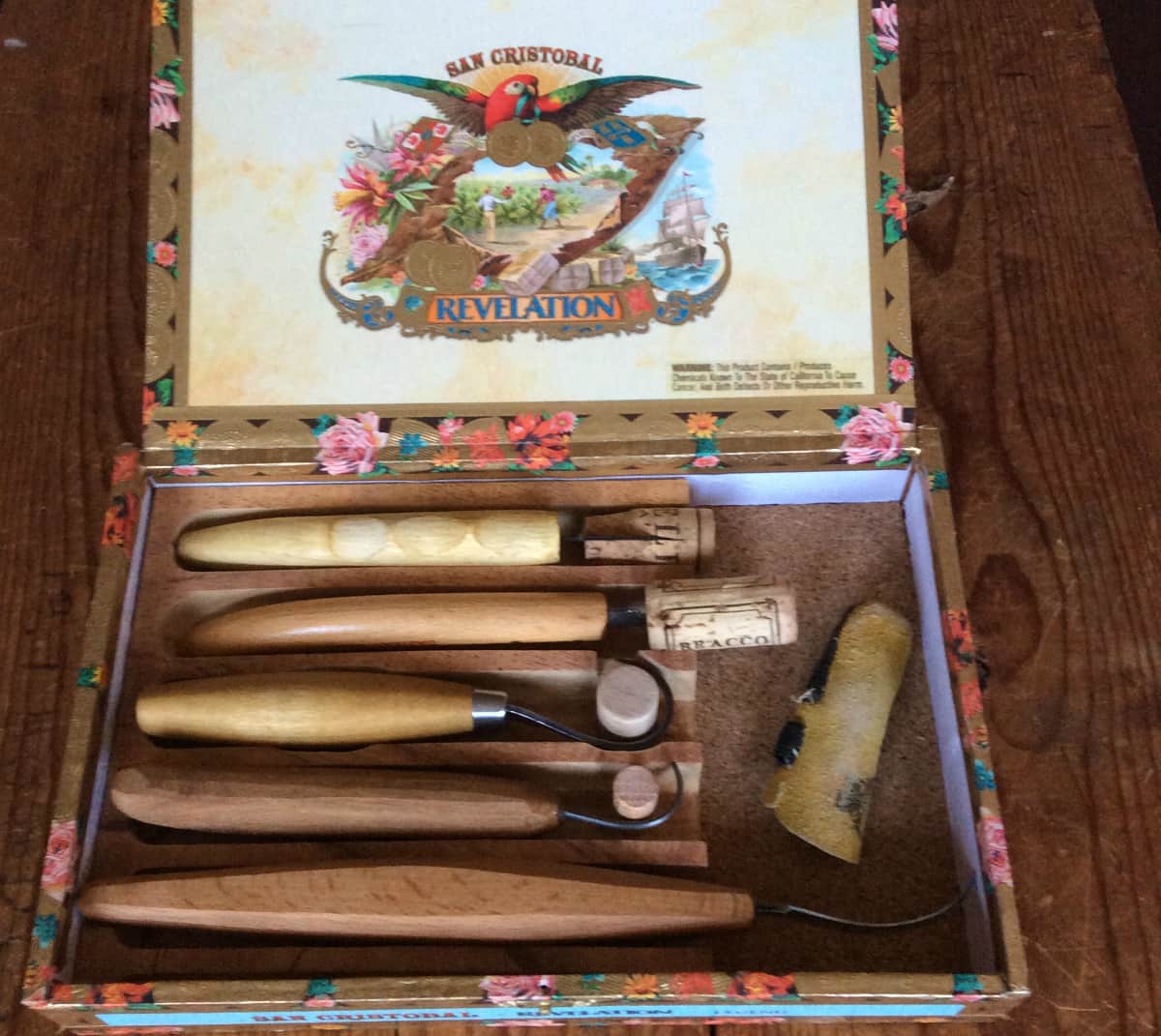
Suzanne Isabelle’s box of tools
Why spoons? “Spoons are the first tool we ever use as children. It’s our beginning,” says Isabelle. “It’s simple and it’s homey.”
Isabelle takes time to consider each spoon before she begins carving. Her process for one spoon may take a full week. It begins with wood cut into 15 inch pieces that are then split in half. A piece is secured on her spoon mule (which she calls her pony) to begin shaping the spoon’s bowl. A drawknife, once belonging to her great-grandfather, is used to form the neck and handle, while a spokeshave, also her great-grandfather’s, smooths the handle. Files with varying degrees of abrasiveness finalize the shape at which point Isabelle enters a lengthy sanding stage. Four grades of sandpaper are used to achieve the luxurious finish her spoons are known for and just when you think she might be done, Isabelle wets the wood to raise the grain and sand it down yet again.
Isabelle takes pride in the distinctively smooth quality of her spoons. “I really enjoy the silky finish. I love the feel of it,” she says. “As soon as people touch them, it’s a game changer.”
Although Isabelle’s wooden spoons are meant for use, some have found themselves atop a mantel as decoration. “Some people who have my spoons don’t use them,” says Isabelle. “They think they are too pretty.”

